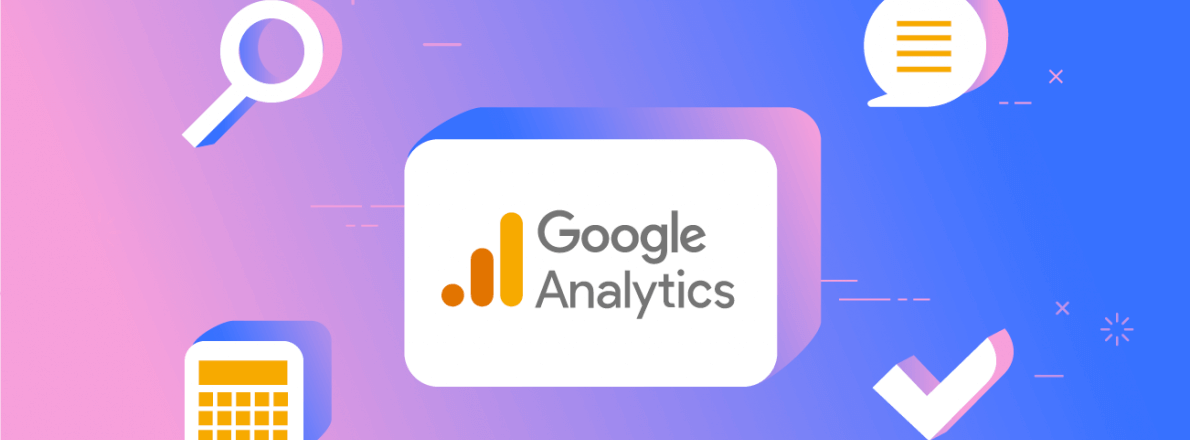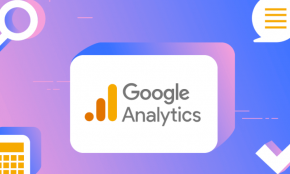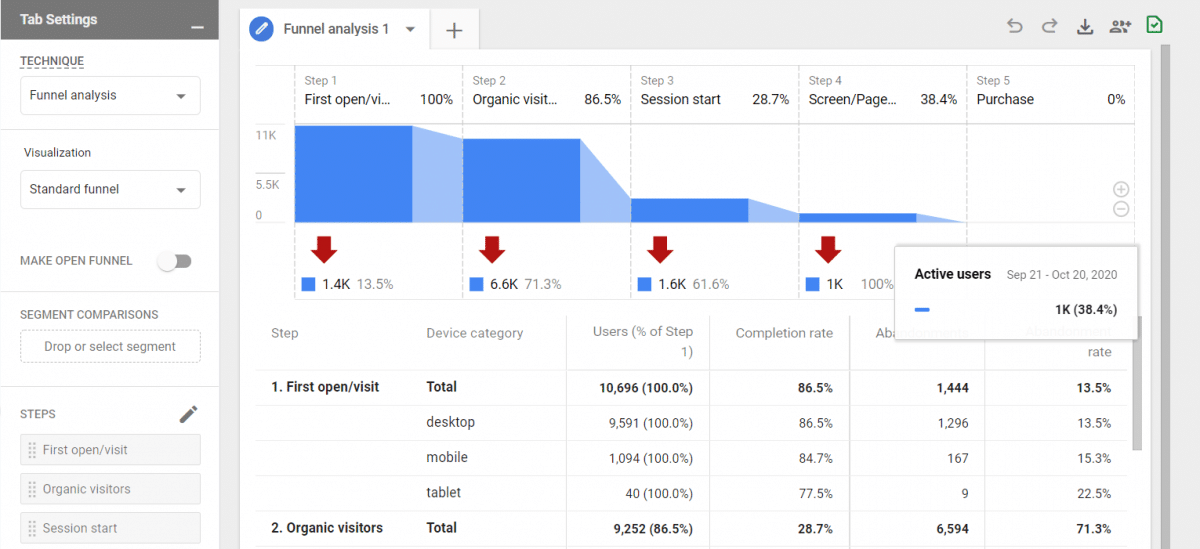


Nissrine Fessikh
04-08-2021 5 min read4 Reasons to activate Google Analytics 4 before 2022
This will be a major change and probably one of the most important in the history of Google Analytics. Considering this, it is recommended not to uninstall the current version, but rather to activate GA4 in parallel, the reason being that this new iteration is still in development and therefore not quite on par with the old version.
In a sense, this parallel activation could be considered what DJs call a wordplay transition technique. In simple terms, for a successful pun transition, a DJ must take a word or line from one song and use it in a successful mix in the next track.
In the context of Google Analytics, this means using the current configuration of your program as a reference point for the next implementation. This way, it will be possible to compare the two instances and make adjustments while the old version is still online.
What are the incentives to be implemented by GA4 now?
For some, it is tempting to say, "Why not wait until 2022 to implement GA4?" If that's you, here are four reasons not to be a procrastinator and get cracking as soon as possible.
1. Better preparation for the cookie apocalypse
GA4 is not a solution that can directly mitigate the cookie apocalypse. However, the platform was created to address the measurement gaps and disparities caused by the demise of third-party cookies and IDFA. According to Russell Ketchum, Group Product Manager at Google Analytics, the new version will increasingly use machine learning to fill in the data gaps caused by the loss of cookies and IDFA. This is partly possible because of the unification of mobile and web data offered by GA4.
2. Enriched media audience creation
The unification of mobile and web data brings several benefits, including the ability to create richer, more granular and more relevant audiences for media targeting. With GA4, there are opportunities to develop an audience strategy that is not only more advanced, but also multi-screen and multi-device. In an economy where every marketing dollar counts and where audience targeting is the cornerstone of media targeting, these features should not be taken lightly. Furthermore, based on all the audience creation options available with the new signal technology developed in GA4, the future looks very bright for marketers hungry for further segmentation.
3. More in-depth marketing analysis and e-commerce reporting
GA4's approach to performance reporting has also been fundamentally redesigned. The new reports are more in-depth and real-time measurement is greatly improved. In addition, the unification of web page and mobile application data is a major change. This new paradigm will allow us to have an improved and unified understanding of the consumer within a single analytics platform. With the current version, you have to separate your web and mobile app analytics. This is an outdated approach in a world where users interact with your brand on multiple devices and across different mediums (web + app). Also, for those who haven't read my article on the subject, you should know that all raw data from GA4 can be exported to BigQuery for free. This opens up huge opportunities for in-depth analysis of consumer behavior on both your website and your mobile app, and especially for overlapping behavior between the two.

User activity measurement on GA Universal vs. user activity measurement on GA4.
4. A much more granular view of the customer tunnel
One of the most interesting features of GA4 is the way funnel analysis has been redesigned and redone. With the current version, funnel analysis is very limited and allows for very few custom reports. In version 4, these reports are more like those in GA 360, the paid version. This means that it is possible to customize a customer journey funnel that is much more specific to the realities of your business. For those like me who are familiar with the huge licensing and implementation fees associated with specialized customer journey analytics platforms (like C3 Metrics), this new feature is very generous on Google Analytics' part. But of course, there's probably a reason behind it. It's likely that Google's goal in offering this freebie is to move customers to the paid version, or even get them to invest more in their advertising platforms, given the integration possibilities between the two. On the other hand, for digital marketers who have already invested in the Google Ads platform, it means you'll have enhanced capabilities in ad messaging, targeting, segmentation, personalization and customer experience.

Screenshot of the conversion funnel in GA4.
Don't miss any news, subscribe now!
Related articles
Publications recommandées





